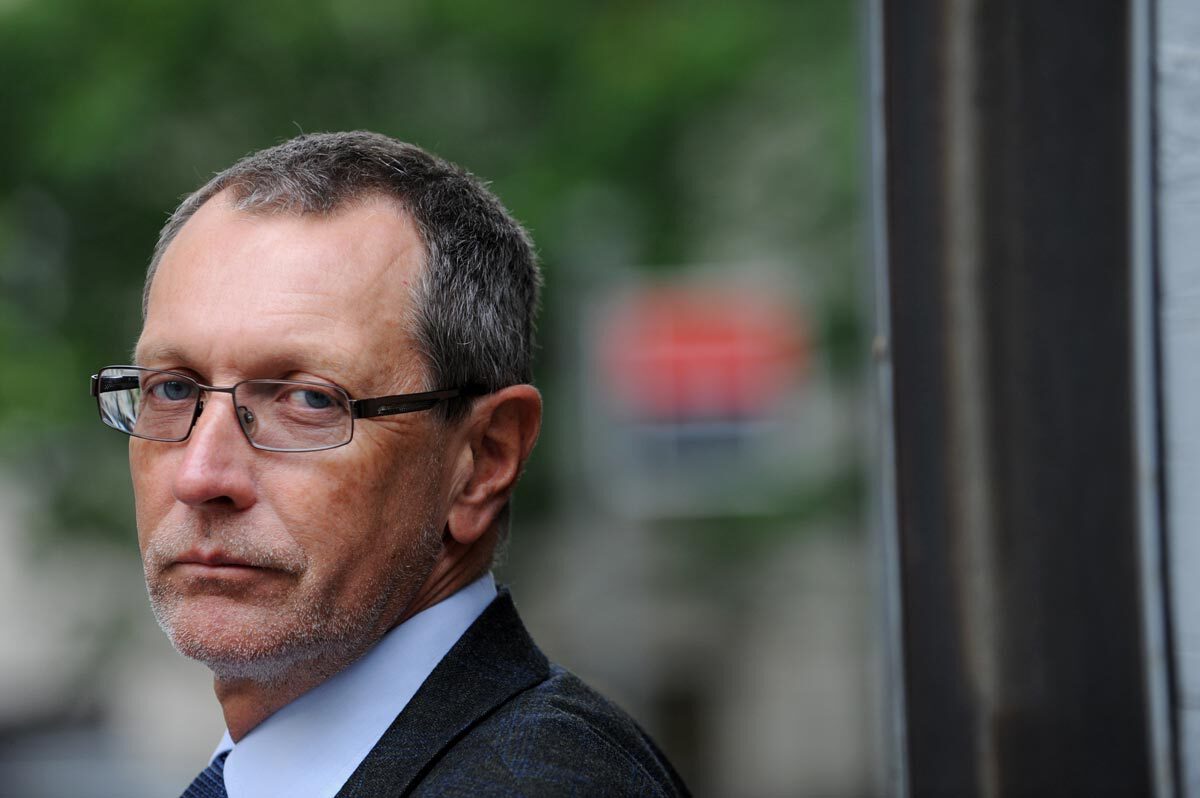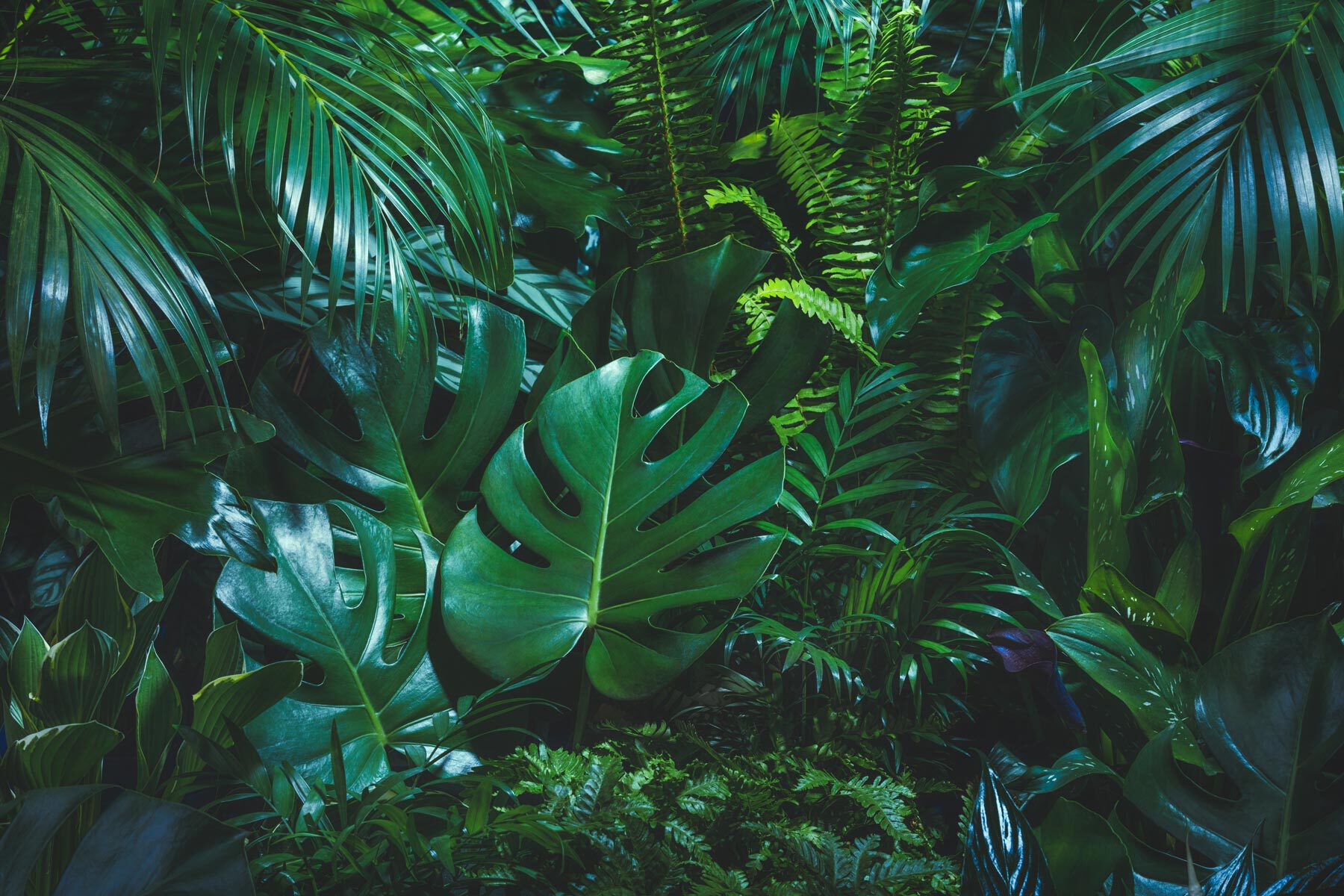Konrad Paul Liessmann
ANIMALS. HUMANS AND THEIR NATURE (Excerpt)
[…]
But what are all the things that animals have been for humans: mirror image and counter image, figures of longing and terror, expressions of dread and domination, quarry and beast, and, time and time again: nature, nature, nature – in all its savagery and beauty and in the knowledge that this nature can be the antithesis of man and yet, also, man himself.
This interrelationship between humans and animals has a long, eventful, rich and deeply contradictory history, and whether animals are humans or vice versa has never been particularly clear. Ever since they first considered themselves as having escaped the animal kingdom, humans have shaped their relationships with animals in a huge variety of ways. The animal remains, even in an age of technological mastery over nature, the threat, the predator, the enemy of humanity that can be neither tamed nor even properly restrained and that appears close to people, spreading fear and panic as a result of which it has to be hunted, defeated, killed and eradicated. And yet the animal, as a domesticated creature that humans have transformed, has become their constant companion, as a pet and fellow member of the household, sometimes as a friend, but also as an object of pleasure, an expression and projection screen for desires and emotions: Almost every term of endearment that people whisper to each another is the name of an animal. As soon as humans embarked upon the systematic control and breeding of animals, it was an animal that became their first means of mobility. For millennia, not only did the horse shape human movements and military forces, but the rider, who can only be thought of as a symbiosis of human and animal, became the bearer of ways of life and cultures and it was only the invention of the motor that downgraded horse-riding, in the 20th century, to a form of recreation for young ladies. But animals have also always been a source of nutrition for humans, nomadic hordes of early hunters prowled the forests and savannah, searching for animal prey, while the art of animal husbandry enabled people to use cattle, pigs, sheep and chickens in many different ways, as food and clothing and, in particular, as a means of increasing their level of independence from the vagaries and violence of nature. The primeval embodiment of wealth, which we only understand today in terms of abstract financial values, was the growing herd of cattle.
[…]
The history of philosophy, insofar as it has invariably been a history of humanity's interpretation of itself, has also always been a history of how we think about animals. These were and still are the filter through which humans seek to see themselves and their nature, for it is this relationship with animals that determines both the position in the world that humans claim for themselves and the position to which they would like to assign other living beings. We can follow two basic concepts here that have been continually debated in their manifold variations, from antiquity to the present day. The first theory, which can be traced back to Aristotle and the Stoa, is that humans, by virtue of their reasonableness and their associated potential for rationality and freedom, differ fundamentally from all other animals, whose capacity for direct perception and emotion is limited. The second idea, which was put forward by the Pythagoreans and the Sceptics, is that so many actions performed by animals are so complex and refined that these can only be explained if we first assume that animals are rational, an assumption that, at best, reduces the difference between humans and animals to one of degree. Argos, Odysseus' aging dog, who was the only one to “recognise” his master after an absence of twenty years, is a classic example of this.














